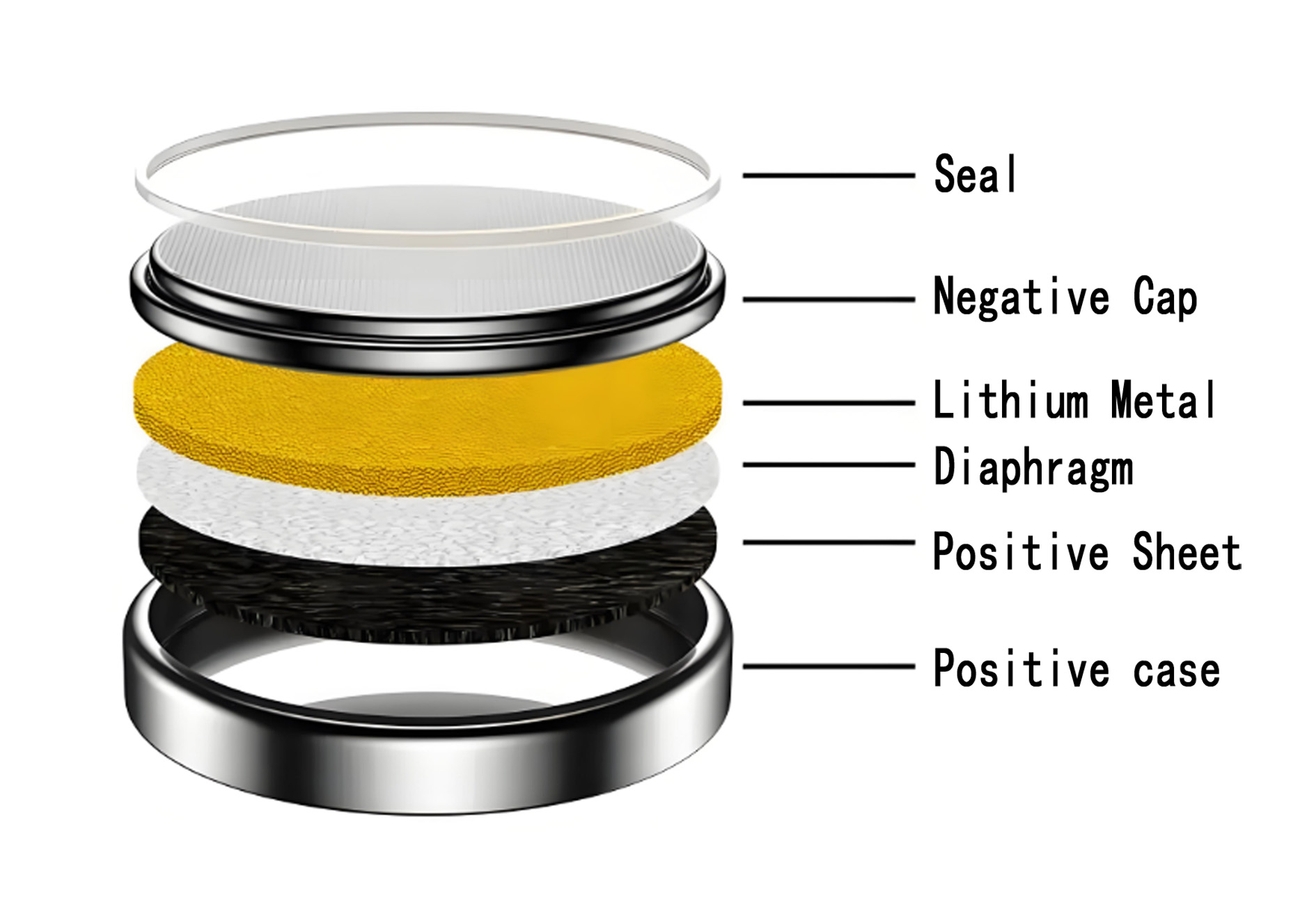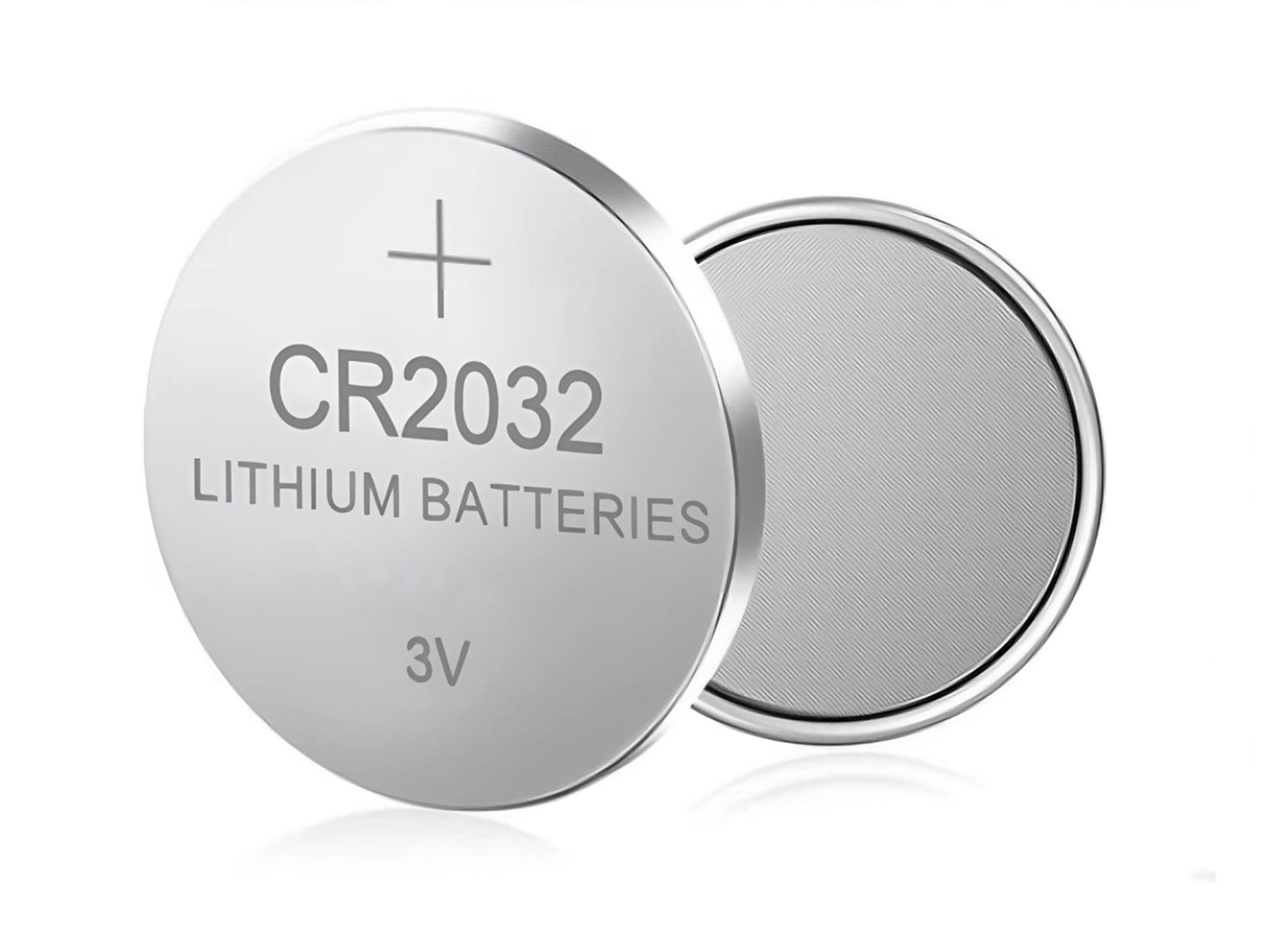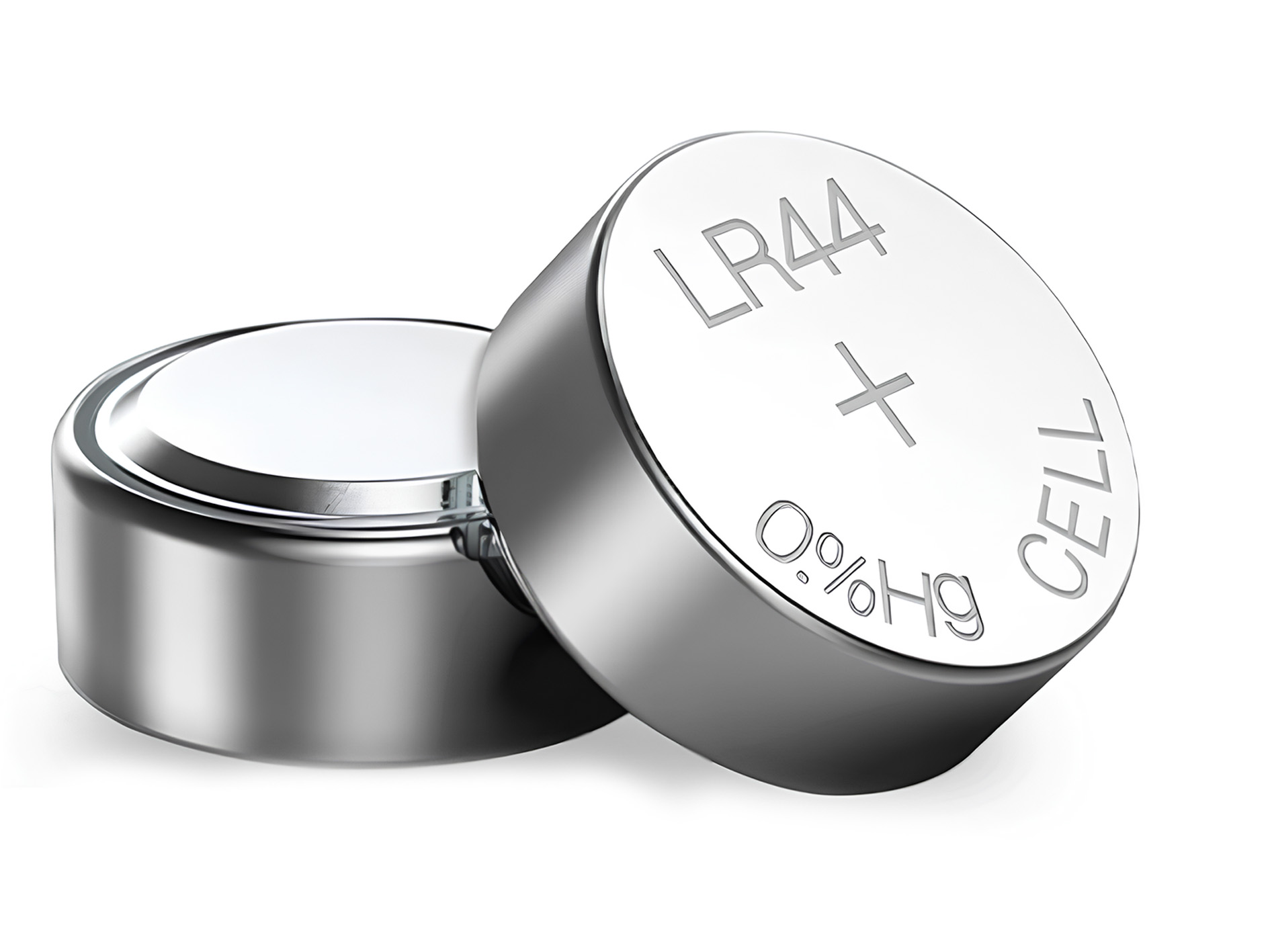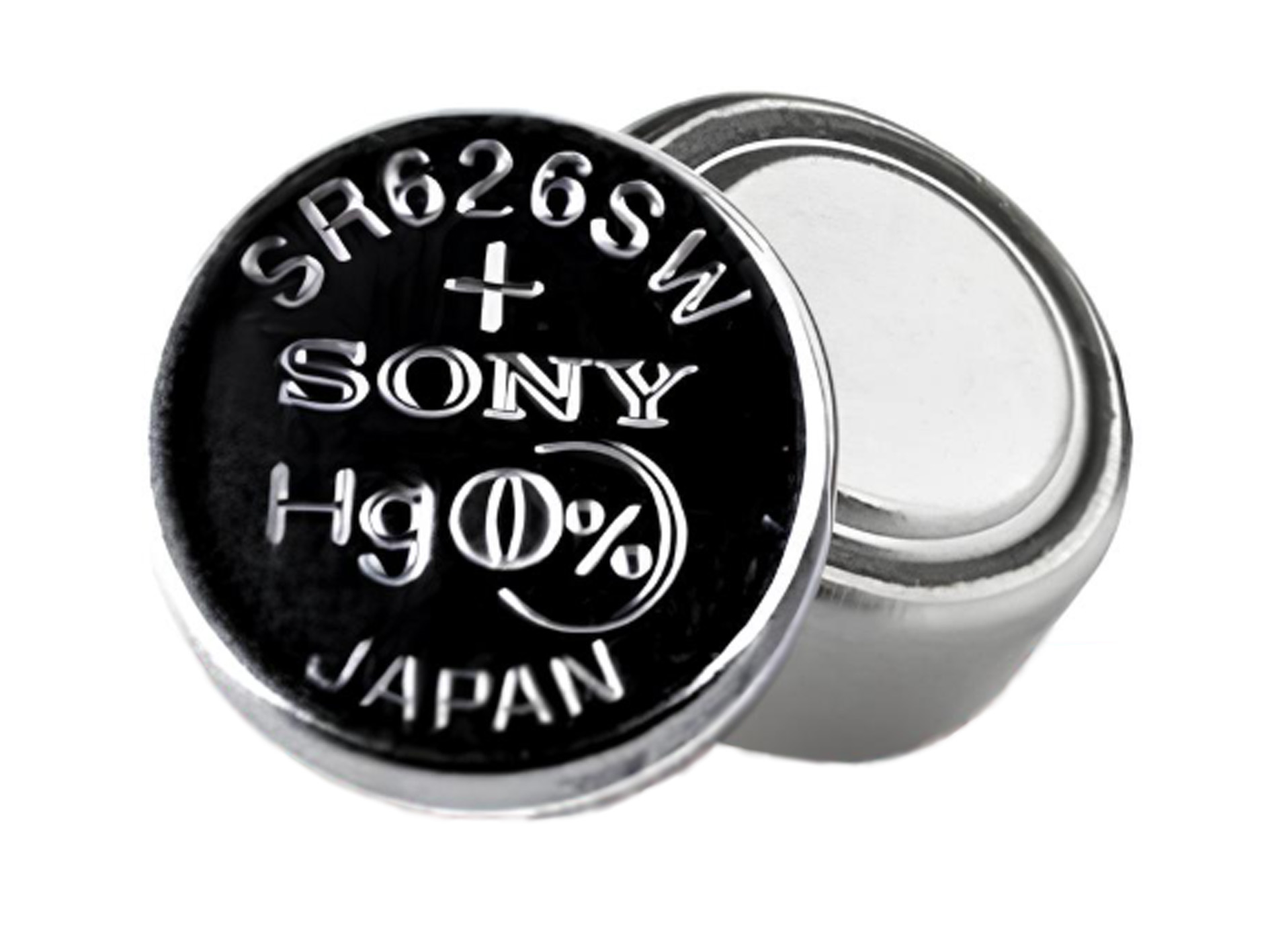Button Battery: Types, Sizes and How They Work
2024/12/20 16:10:17
Views:
Button Battery, also known as Coin batteries, is a small, flat, round energy source commonly found in everyday devices. Their compact size and reliability make them an indispensable source of energy in powering devices such as watches, hearing aids, remote controls and medical devices. This article explores the types, sizes, and specifications of coin batteries to help you understand their construction, applications, and how to choose the right battery for your needs.
The Cheapest Way To Get A button batteries
Table of Contents
- What are Button Battery?
- How do Button Battery Work?
- Types of Button Battery
- Button Battery Specs
- How to Choose the Right Button Battery
- Sum up
- Frequently Asked Questions
What are Button Battery?
Button Battery is a miniature batteries named for its button like shape. Despite their small size, they are highly efficient and can store large amounts of energy, making them ideal for small electronic devices. Button Batteries are usually disposable and come in a variety of chemistries, including Lithium, Silver Oxide and Alkaline.
Structure of a Button Battery

Button Battery Structure Diagram
Understanding the structure of a coin cell Battery helps explain its efficiency and compact design. A typical coin cell Battery consists of the following parts:
Sealing Ring: Located at the top, it serves as a seal to prevent electrolyte leakage.
Negative Cover: Serves as a housing for the negative electrode while protecting the internal components.
Lithium metal: This is the anode active material and is used to release electrons.
Diaphragm: separates the positive and negative terminals, preventing short circuits while allowing ions to pass through.
Positive Sheet: positive active material, usually manganese dioxide or silver oxide, used to accept electrons.
Positive Case: As the positive case, it protects the Battery structure and connects to the external circuit.
Main Features of Button Battery
Small size: Easy to fit into compact devices.
High Energy Density: Provides reliable power for long periods of time.
Wide range of applications: Used in a variety of low-power devices.
What are Button Battery used for?
Coin Cell batteries are widely used in small electronic devices where size and weight are critical. Common applications include:
Watches: Their long-lasting durability makes them suitable for powering watches.
Hearing Aids: The compact design is perfect for hearing aids.
Medical devices: Blood glucose monitors and thermometers rely on these batteries.
Toys and Games: present in electronic toys and handheld games.
Remote Control: powers car keys and remote control devices.
How do Button Battery Work?
Button battery produces energy through a simple but efficient electrochemical process. Despite their compact size, these batteries store and release electrical energy through chemical reactions sufficient to power small electronic devices.
Chemical reaction
Button battery consists of three main components that are critical to the chemical reaction:
1. Anode (negative electrode): usually made of materials such as zinc or lithium.
2. cathode (positive electrode): composed of compounds such as manganese dioxide or silver oxide.
3. electrolyte: a conductive medium that facilitates the transfer of ions between the anode and cathode.
Anode (negative) and cathode (positive), which are separated by an electrolyte. When the Battery is connected to a circuit, ions in the electrolyte move between the two electrodes, triggering a chemical reaction that releases electrical energy.
Energy storage and release
Energy storage: The materials for the anode and cathode were chosen for their ability to store potential energy in the form of chemical bonds.
Energy Release: When the battery is in use, the chemical bonds are broken and the stored energy is released in the form of electrical energy.
Through this chemical reaction process, a button battery maintains its energy reserves for a long period of time when not in use, and efficiently releases power when connected to a device, providing convenience in daily life.
Types of Button Battery
Among button batteries, the following three types are the most popular and common on the market due to their wide range of uses, superior performance, or affordable price:
1. lithium Button battery

lithium Button battery
Applications: Watches, calculators and small medical devices.
Benefits: High energy density, long life, reliable performance in extreme temperatures.
Common Models:CR2032\CR2025\CR2016.
Popular reason:
High energy density to support long time power supply, suitable for devices with high life expectancy requirements.
The high voltage of 3V meets the needs of many modern electronic devices.
Stable and can work in extreme temperature environments.
2. Alkaline Button battery

Alkaline Button battery
Applications: Toys, Remote Controls and LED Lights.
Advantages: Inexpensive and readily available, but shorter life span compared to lithium or silver oxide Battery.
Popular reasons:
Inexpensive for equipment with a limited budget or for one-time use.
It is widely available in the market and can be purchased in almost all stores.
It's a little less powerful, but it will meet the needs of the average low-power device.
3. Silver Oxide Button battery

Silver Oxide Button battery
Applications: Precision instruments, cameras and hearing aids.
Advantages: Stable voltage, excellent leakage resistance.
Common Models:SR626SW\SR621SW\SR44.
Popular reasons:
Stabilized voltage (1.55V) for high precision equipment.
Higher energy density and stable discharge performance.
Widely used in traditional and modern precision devices, especially high-end watches.
Button Battery Specs
When choosing a button battery, it is vital to know its specifications. Common parameters include:
Voltage: Indicates the potential of the battery, usually 1.5V for alkaline batteries and 3V for lithium batteries.
Capacity: Measured in milliampere-hours (mAh), this reflects the lifespan of the battery.
Diameter and Thickness: essential to ensure compatibility with your equipment.
Button Battery Sizes Chart
Button battery comes in a variety of sizes to fit different devices. The most common sizes include:
Understanding Battery Codes
Battery codes provide critical information about the size and chemistry of the Battery:
CR2032: The prefix "CR" stands for lithium battery, "20" is 20mm in diameter and "32" is 3.2mm in thickness. millimeters.
LR44: The prefix "LR" stands for Alkaline Battery, and "44" is the standard size code corresponding to a diameter of 11.6 mm and a thickness of 5.4 mm.
SR626SW: The prefix "SR" denotes Silver Oxide Battery, and "626" is the standard size code corresponding to a diameter of 6.8 mm and a thickness of 2.6 mm.
How to Choose the Right Button Battery
To ensure that your device functions optimally, follow these tips:
Check device specifications: Refer to the device manual for recommended Battery type and size.
Understanding Chemical Differences: Lithium Battery is ideal for high energy needs, while silver oxide is favored for stability.
Matching Voltage: Ensure that the battery voltage meets the device requirements.
Sum up
Small but powerful, coin cell batteries are essential for powering countless electronic devices. By understanding their types, sizes, and specifications, you can make an informed decision when choosing the right battery for your device. Whether it's a CR2032 for a watch or an LR44 for a toy, choosing the right coin cell battery ensures optimal performance and reliability. Always handle and dispose of button batteries responsibly to ensure safety and environmental protection.
Frequently Asked Questions
How long do button batteries last?
Lithium batteries last 3-5 years, alkaline 1-2 years, and silver oxide 1-3 years.Can button batteries be recharged?
No, most button batteries are non-rechargeable. Some rechargeable types exist but are rare.What happens if a button battery is swallowed?
It can cause serious internal damage. Seek medical help immediately if swallowed.How do I safely dispose of button batteries?
Do not throw them in the regular trash, take them to a recycling center or use a designated drop-off point.Can I use a different size of button battery for my device?
No, always use the exact size and type specified to avoid device damage or malfunction.Are there environmentally friendly alternatives to button batteries?
Rechargeable button batteries and zinc-air batteries are more eco-friendly options. Always recycle button batteries properly.Related Information
-
-
Phone
+86 135 3401 3447 -
Whatsapp





